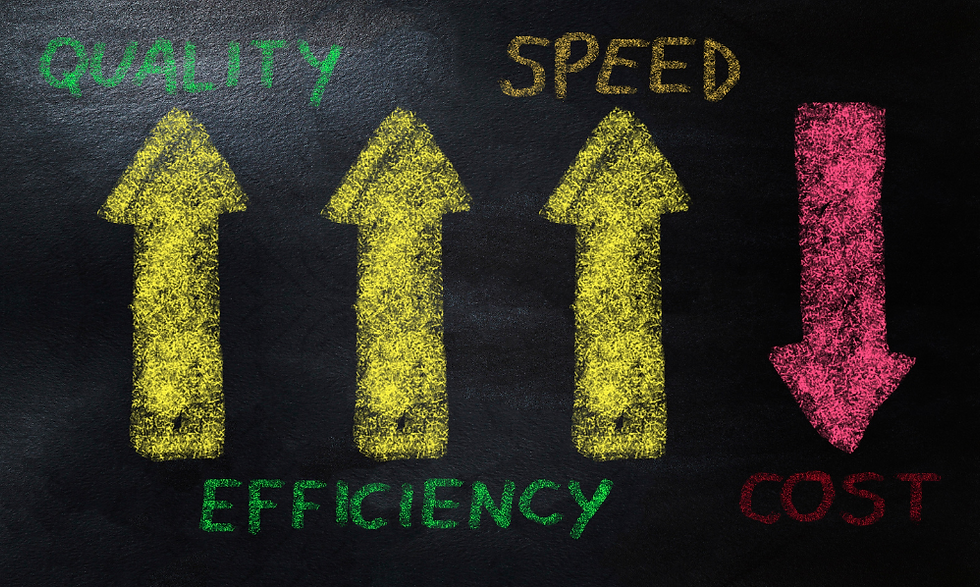Tips for Reducing Costs in Your Machining Processes
- Lindstrom Machining

- May 4, 2023
- 2 min read
Updated: Jul 13, 2023
In today's competitive business landscape, cost reduction plays a crucial role in improving profitability and maintaining a competitive edge. Finding ways to minimize costs without compromising quality is paramount. Here are some valuable tips and strategies we help clients utilize to reduce costs in your machining processes, enabling you to optimize efficiency and maximize savings.
1. Optimize Material Usage:
Efficient material usage is key to cost reduction. Evaluate your material selection and identify opportunities to minimize waste. Consider using standard stock sizes, optimizing nesting arrangements, and implementing efficient cutting strategies. By minimizing scrap and maximizing material utilization, you can significantly reduce material costs.
2. Embrace Lean Manufacturing Principles:
Implementing lean manufacturing principles can lead to significant cost savings. Identify and eliminate non-value-added activities, streamline workflows, and minimize unnecessary movement and handling. By reducing process waste, such as overproduction, waiting times, and excess inventory, you can enhance productivity and reduce costs.
3. Improve Machining Processes:
Enhancing your machining processes can result in substantial cost savings. Explore advanced tooling technologies, such as high-performance cutting tools or indexable tooling, to improve efficiency and reduce machining time. Optimize cutting parameters, tool paths, and machine settings to minimize cycle times and maximize productivity.
4. Implement Preventive Maintenance:
Neglecting machine maintenance can lead to unexpected breakdowns and costly downtime. Implement a preventive maintenance program to proactively address equipment issues, extend machinery lifespan, and minimize costly repairs. Regularly inspect, clean, and lubricate machines, and keep an accurate record of maintenance activities to ensure optimal machine performance.
5. Source Materials and Supplies Strategically:
Carefully evaluate your suppliers and sourcing strategies to obtain the best quality materials and supplies at competitive prices. Develop strong relationships with trusted suppliers who offer competitive pricing, timely deliveries, and reliable quality. Consider bulk purchasing or negotiating long-term contracts to secure favorable pricing arrangements.
6. Invest in Employee Training:
Investing in employee training and development can yield substantial cost savings in the long run. Well-trained and skilled operators can optimize machine settings, reduce errors, and enhance overall productivity. Provide ongoing training opportunities to keep your workforce up to date with the latest industry advancements and best practices.
7. Embrace Technology and Automation:
Explore automation and digital technologies to improve efficiency and reduce costs. Automated machining processes, such as CNC machining, can enhance precision, reduce human error, and increase production rates. New technology in work holding strategies can also greatly improve production efficiencies.
Reducing costs in machining processes is an ongoing endeavor that requires a strategic approach and continuous improvement. By optimizing material usage, embracing lean manufacturing principles, improving machining processes, implementing preventive maintenance, sourcing materials strategically, investing in employee training, and leveraging technology and automation, you can achieve significant cost savings while maintaining quality and productivity.




